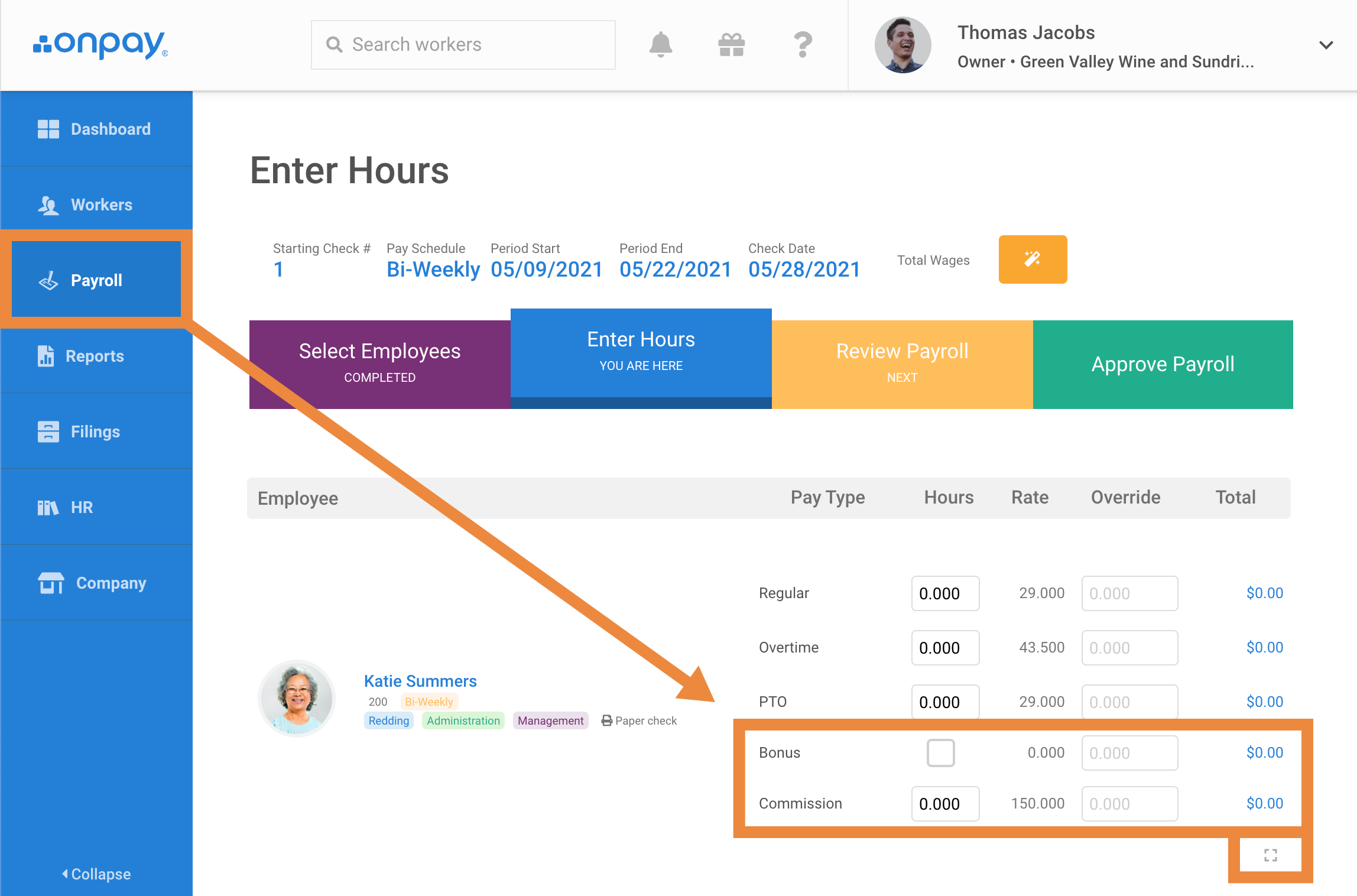
On the other hand, defendant Dart Corporation asserted that the DLSE’s position was void as an “underground regulation” ( i.e., adopted informally without following the processes established by the state’s Administrative Procedure Act (APA)) and, because no legitimate regulation existed at the state level, the formula used by federal Department of Labor should be followed. Under the agency’s formula, the divisor for determining the regular rate is all non-overtime hours worked during the (presumptively one-week) pay period - whether that number is 4, 40, or something in between. Representing a putative class of employees, the plaintiff asserted that the company was improperly using the federal formula to determine overtime pay, rather than the formula adopted by the DLSE. In Alvarado, the company paid a flat-sum “attendance bonus” of $15 per day for work on the weekend, regardless of whether those weekend hours caused the employee to exceed either 8 hours per day or 40 hours per week. What has remained unclear is how “flat sum” bonuses - that is, non-formula bonuses not based on the number of hours worked - factor into the equation. The regular rate must, in addition to the “straight time” rate (for hours less than or equal to 8 per day/40 per week), incorporate shift premiums, non-discretionary bonuses, and other compensation earned during the pay period.

Backgroundįor years, California law has required overtime to be compensated at 1.5 times the “regular rate” of pay for all hours worked in excess of 8 hours a day or (like federal law) 40 hours in a week, and twice the regular rate of pay for hours worked in excess of 12 in a day or 8 on a seventh consecutive day of work. Department of Labor and federal courts that all hours worked, including overtime hours, should be used in establishing the overtime rate for such bonuses.

Instead, the lower court had adopted the more employer-friendly position taken by the U.S. In so holding, the Court reversed a lower court of appeal decision that had rejected policy guidance issued by the California Department of Labor Standards Enforcement (DLSE). The California Supreme Court has held that, under state law, when an employee earns a flat sum bonus during a pay period, the overtime pay rate will be calculated using the actual number of non-overtime hours worked by the employee during the pay period.


 0 kommentar(er)
0 kommentar(er)
